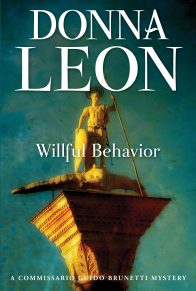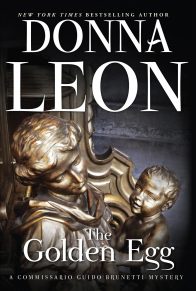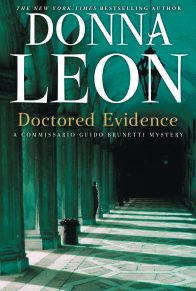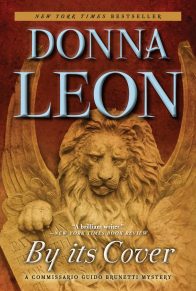On the last Tuesday in September, snow fell for the first time in the mountains separating northern Italy from Austria, more than a month before it could ordinarily be expected. The storm arrived suddenly, carried by fat clouds that swept in from nowhere and with no warning. Within half an hour, the roads of the pass above Tarvisio were slick and deadly. No rain had fallen for a month, and so the first snow lay upon roads already covered with a glistening layer of oil and grease.
The combination proved deadly to a sixteen-wheeled truck bearing Romanian license plates and carrying a cargo manifest for ninety cubic meters of pine boards. Just north of Tarvisio, on a curve that led down to the entrance to the autostrada and thus into the warmer, safer roads of Italy, the driver braked too hard on a curve and lost control of the immense vehicle, which plunged off the road moving at fifty kilometers an hour.
The wheels gouged out huge trenches in the not yet frozen earth, while the body of the truck caromed off trees, snapping them and hurling them about in a long swath that led to the bottom of the gully, where the truck finally smacked into the rock face of a mountain, smashing open and scattering its cargo in a wide arc.
The first men on the scene, drivers of other heavy-transport trucks who stopped without thinking to help one of their own, went first to the cabin of the truck; but there was no hope for the driver, who hung in his seat belt, half-suspended from the cabin, one side of his head battered in by the branch that had ripped off the driver’s door as the truck careened down the slope. The driver of a load of pigs being brought down to Italy for slaughter climbed over what remained of the hood of the truck, peering through the shattered windshield to see if there was another driver. The seat was empty, and so the searchers, who had by then gathered, began to look for the other driver, thrown free of the truck.
Four drivers of trucks of varying sizes began to stumble down the hill, leaving a fifth up on the roadway to set out warning flares and use his radio to summon the polizia stradale. Snow still fell heavily, so it was some time before one of them spotted the twisted body that could be seen a third of the way down the slope. Two of them ran toward it, they too hoping that at least one of the drivers had survived the accident.
Slipping, occasionally falling to their knees in their haste, the men struggled in the snow that the truck had crashed through so effortlessly. The first man knelt beside the motionless form and began to brush at the thin layer of white that covered the supine figure, hoping to find him still breathing. But then his fingers caught in the long hair, and when he brushed the snow away from the face, he exposed the unmistakably delicate bones of a woman.
He heard another driver cry out from below him. Turning in the still falling snow, he looked back and saw the other man kneeling over something that lay a few meters to the left of the scar torn by the truck as it had plunged down the hill.
“What is it?” he called, placing his fingers softly against her neck to feel for life in the oddly positioned figure.
“It’s a woman,” the second one cried. And then, just as he felt the absolute stillness of the throat of the woman below him, the other called up to him, “She’s dead.”
Later, the first driver to explore behind the truck said that he thought, when he first saw them, that the truck must have been carrying a cargo of mannequins, you know, those plastic women they dress up and put in the windows of shops. There they were, at least a half dozen of them, lying scattered over the snow behind the shattered rear doors of the truck. One even seemed to have gotten caught in the lumber that had been tossed about inside the truck and lay there, half-hanging from the back platform, legs pinned down by stacks of boards so securely wrapped that the impact of the truck against the mountain had not been sufficient to break them open. But why would mannequins be dressed in overcoats, he remembered wondering. And why that red in the snow all around them?












